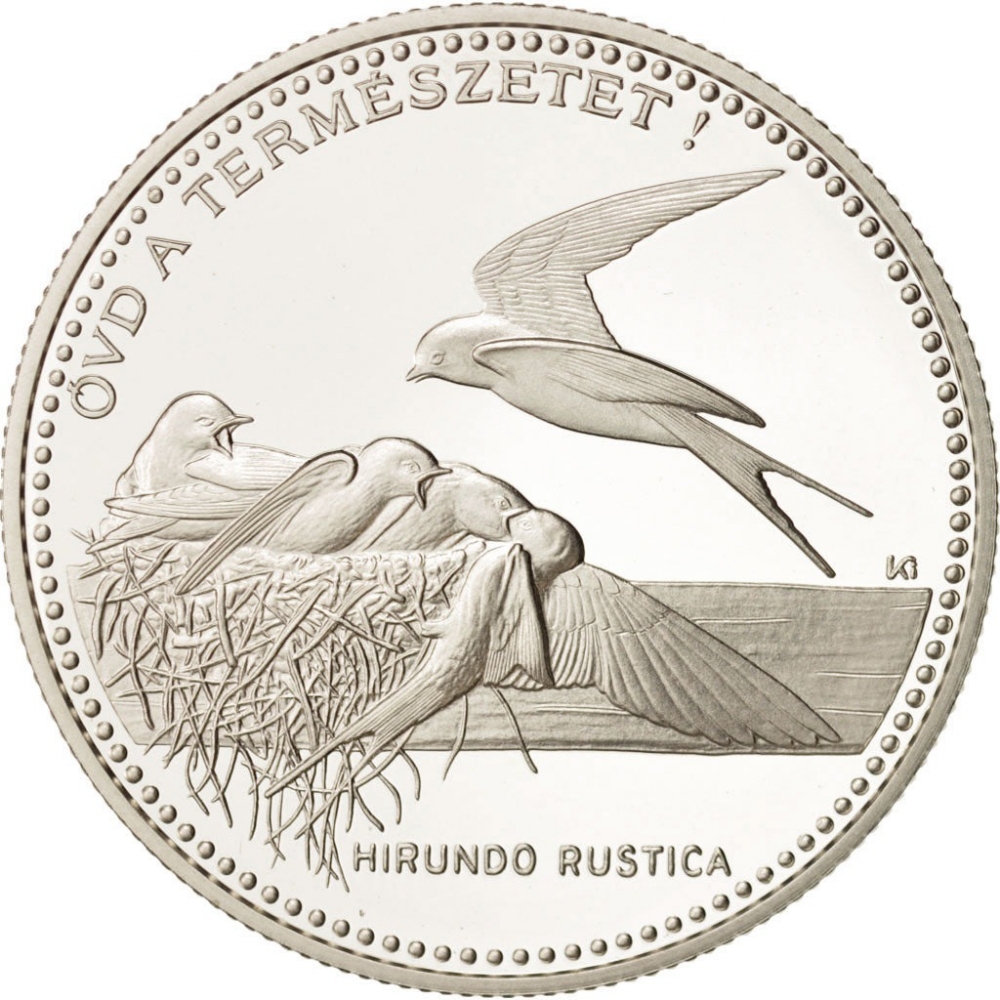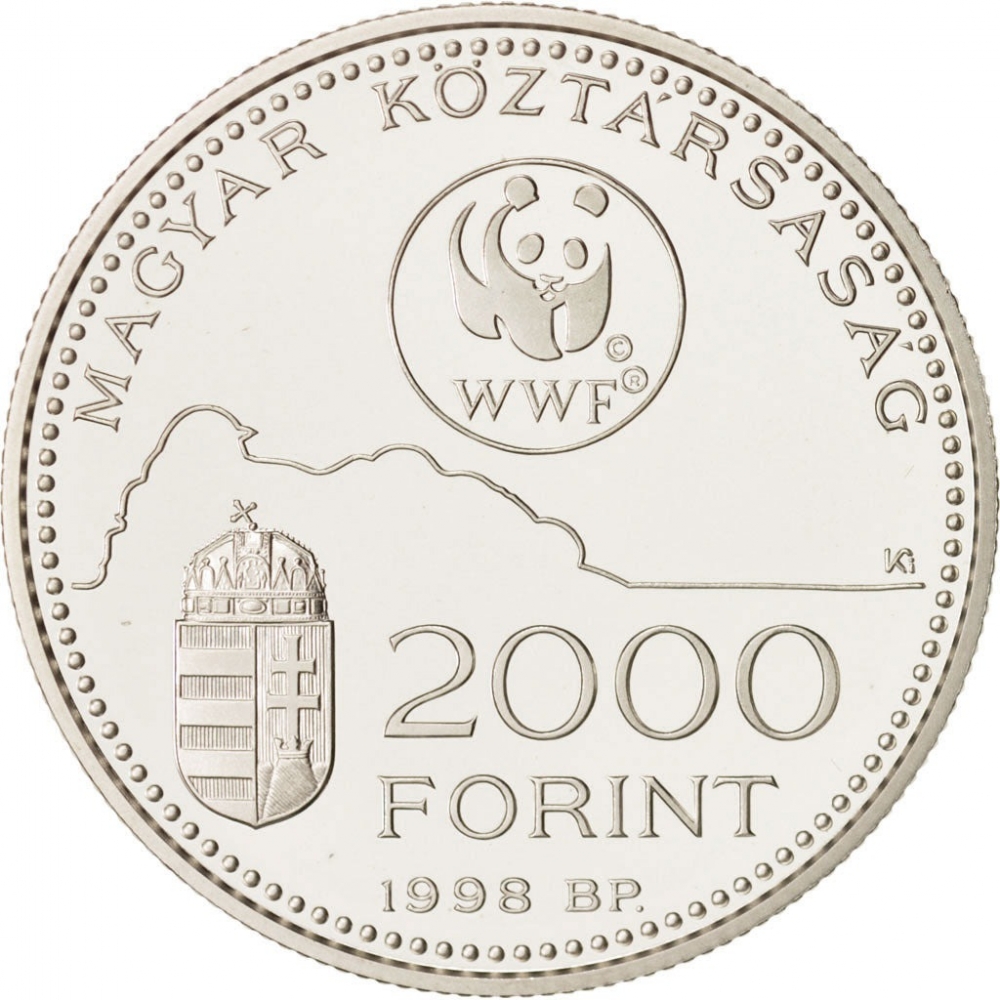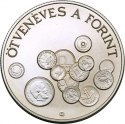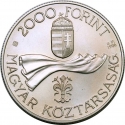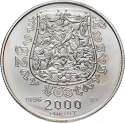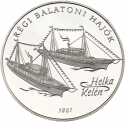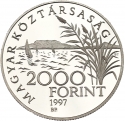You are about to finish your registration. Please check your mailbox (including spam folder). There should be a letter with a confirmation link. Check setting to make sure that your e-mail address is correct.
Send letter againDescription
The World Wide Fund for Nature (WWF), a Swiss-based international non-governmental organization founded in 1961, focuses on wilderness preservation and reducing human impact on the environment. WWF is the world's largest conservation organization, boasting over five million supporters in over 100 countries and backing approximately 3,000 conservation projects, with investments exceeding $1 billion since 1995. Primarily funded by individuals, government sources, and corporations, WWF strives to halt environmental degradation and promote harmony between humans and nature. Noteworthy campaigns like Earth Hour and initiatives in areas like food, climate, and wildlife underscore their mission. Despite criticism over alleged corporate ties and controversial projects, WWF remains active in international networks like the Foundations Platform F20.
The concept of establishing a fund for endangered animals was formally presented by Victor Stolan to Sir Julian Huxley following articles Huxley published in The Observer. Huxley connected Stolan with Edward Max Nicholson, who had extensive experience bridging progressive intellectuals and corporate interests through the Political and Economic Planning think tank. Nicholson coined the organization's name, and the original panda logo was crafted by Sir Peter Scott. On April 29, 1961, the World Wildlife Fund (WWF) was conceived, with its inaugural office opening on September 11 at the International Union for Conservation of Nature (IUCN) headquarters in Morges, Switzerland.
Engraver: István Kósa
Obverse

|
Depicts at the center are two barn swallows nurturing their young. Below, the Latin words "Barn Swallow" are inscribed. On the right side, the engraver's mark (Ki) is displayed. Surrounding the central image is a string of pearls, with the phrase "Protect the nature!" inscribed in a quarter arc on the top left. ÓVD A TERMÉSZETET! |
|---|---|
Reverse

|
Depicts a detailed outline from the front panel, accompanied by the engraver's mark (Ki) on the right edge. Surrounding the central motif is a string of pearls, with an inscription in a semicircle at the top center. Below this, the official emblem of the World Wide Fund for Nature (WWF) is displayed. On the left side of the lower third, the coat of arms of the Republic of Hungary is depicted, followed by consecutive rows indicating the denomination, year of issue, and mint mark (BP) to its right. MAGYAR KÖZTÁRSASÁG |
| Edge |
2000 Forint
Third Republic
World Wildlife Fund
KM# 730 Schön# 235 Adamo# EM154
World Wildlife Fund
